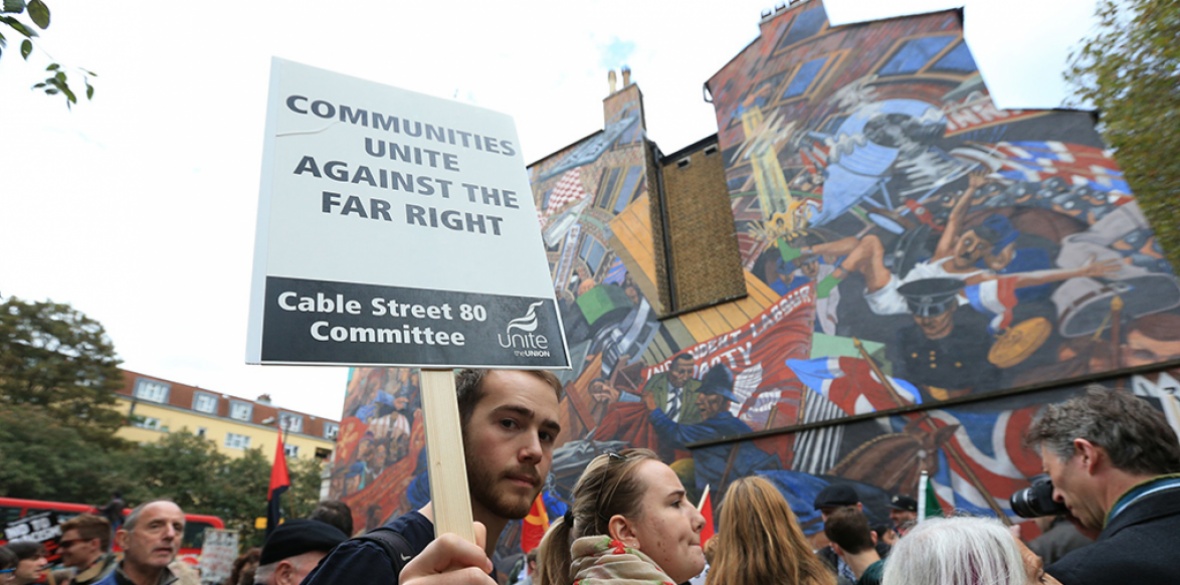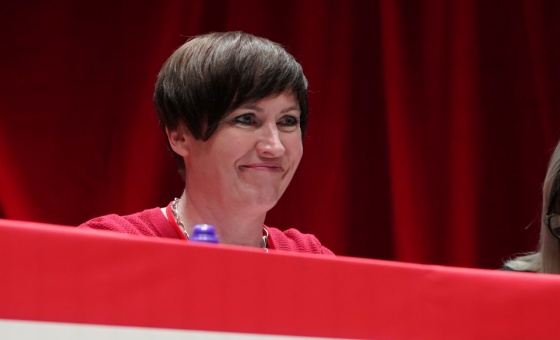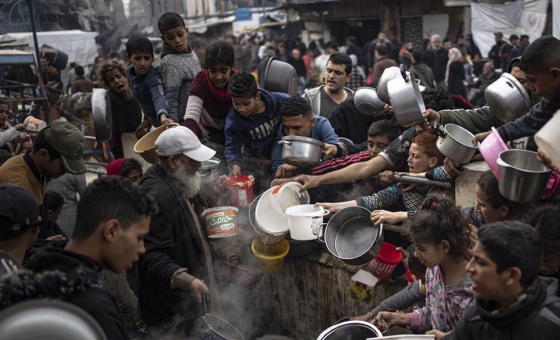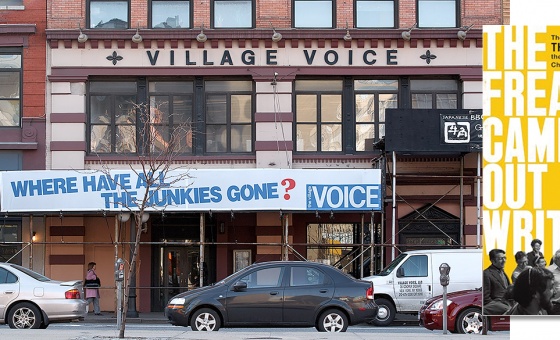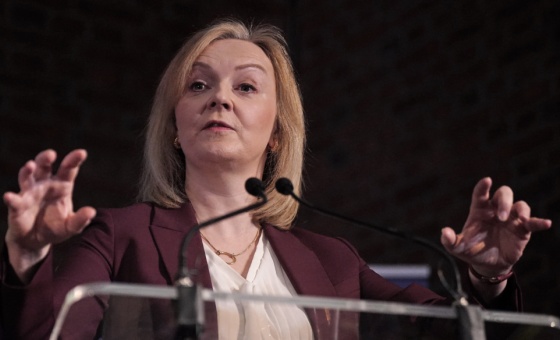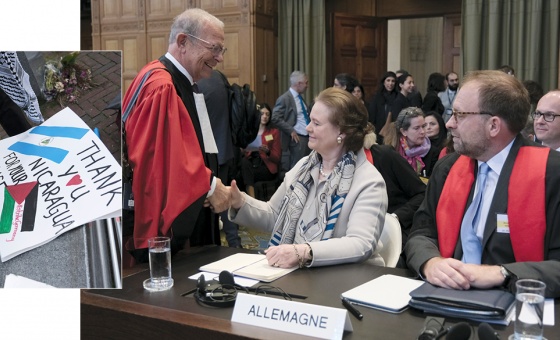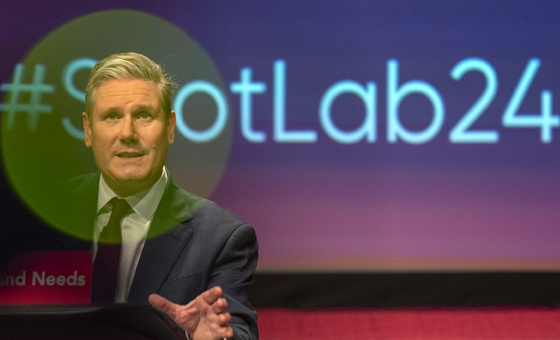This is the last article you can read this month
You can read more article this month
You can read more articles this month
Sorry your limit is up for this month
Reset on:
Please help support the Morning Star by subscribing here
The famous battle took place in October 1936 but the British Union of Fascists’ war on the Jews had already moved into a menacing new phase in February that year when Mosley added three words to his movement’s name: “and National Socialists.”
This small addition signalled a shift from a more “disciplined” fascism modelled on Mussolini’s authoritarian regime, to one incorporating the wild, unrestrained anti-semitism of the nazis.
Street corner gatherings of Mosley’s Blackshirts, which had four large East End branches, increasingly encroached on the area’s crowded Jewish enclave.
Their speakers continued to describe Jews as greedy landlords, cut-throat businessmen, and vice racketeers, but their propaganda was increasingly littered with references to zoology and disease.
Waves of anti-Jewish street violence, unchecked by police, forced even MPs in their Westminster bubble to take notice. In both March and July 1936, Parliament debated fascist terror in the East End.
Local MPs provided sickening testimony of brutal attacks. The home secretary’s feeble response though was to ask “everyone on all sides” to “behave reasonably.”
In another West End bubble, the Jewish community’s “official” leaders looked away, refusing to believe that vicious anti-semitism could emerge in Britain’s “fair” and “decent” land. Working class Jews under siege felt neglected and isolated and looked for local solutions.
Politically minded younger Jews joined anti-fascists in the Young Communist League and the Labour League of Youth.
In July 1936, the Workers Circle — a socialist friendly society formed in the East End by Yiddish-speaking immigrants — called a conference. Nearly 200 delegates from 87 local organisations attended: trade unions, youth groups, friendly societies, ex-servicemen’s groups and synagogues.
A militant grass-roots body, the Jewish Peoples Council Against Fascism and Antisemitism (JPC), was born that day. Its steering group included several Communists and trade union activists.
Its role in the week before the Battle of Cable Street was crucial, but its key principles and methods should also inform conversations about how we tackle racism and fascism in 2020.
The JPC targeted both Jews and non-Jews. It urged Jews to fight both anti-semitism and organised fascism.
The JPC argued that Mosley’s movement used anti-semitism as a tool not merely to incite hatred but also to advance fascism. This threatened all who supported democracy, so it urged non-Jewish anti-fascists to challenge all anti-semitism too.
Mosley’s movement incited Irish Catholics against their Jewish neighbours. The JPC understood that fascism could only be stopped by uniting working class communities that the fascists sought to turn against each other.
The JPC’s campaign goal was to cement a local anti-fascist majority that would create a hostile environment for fascists and antisemites.
In practical terms it published propaganda leaflets, and held indoor and outdoor meetings — always addressed by both Jewish and non-Jewish speakers. It deliberately held street meetings close to fascist platforms to expose listeners to counter arguments.
When Mosley announced plans to invade the East End’s mainly Jewish streets with thousands of uniformed jackbooted fascists, the JPC drew up a petition to the home secretary calling on him to ban the march. But they had a Plan B up their sleeve.
Around 60,000 Jews lived in the East End. Within two days, nearly 100,000 East Enders signed the petition, delivered by local mayors.
But the home secretary decided that the right of Mosley’s fascists to threaten, intimidate, menace and abuse immigrants (dressed up as free speech) over-rode the rights of the community under siege to live free from fear.
Just one day later the JPC distributed a new leaflet appealing to “Citizens of London” to take to the streets. Communists, socialists, trade unionists, masses of Jewish people and their Irish Catholic allies, united to block it.
My grandfather’s cousin Harry pulled down the shutters on his shop at 27 Cable Street which his family lived above. But the masses on the street kept it safe.
Had I been there, I would have signed the petition calling for a ban, but actually I’m glad that the home secretary cared so little about the Jewish community under siege, because he unwittingly enabled a massive people’s victory over the fascists.
We celebrate all who organised to stop the fascists that day but we must recognise the particular relevance of the JPC’s strategy to today’s struggles, when the Black Lives Matter movement is growing, Islamophobia is rampant, and anti-semitic conspiracy theories are reviving and multiplying.
The organic growth of anti-racist and anti-fascist organisations within targeted groups must always be embraced, and no single targeted group should bear the brunt of fighting back alone.
David Rosenberg is active in the Jewish Socialists Group and is the author of Battle for the East End and Rebel Footprints.

